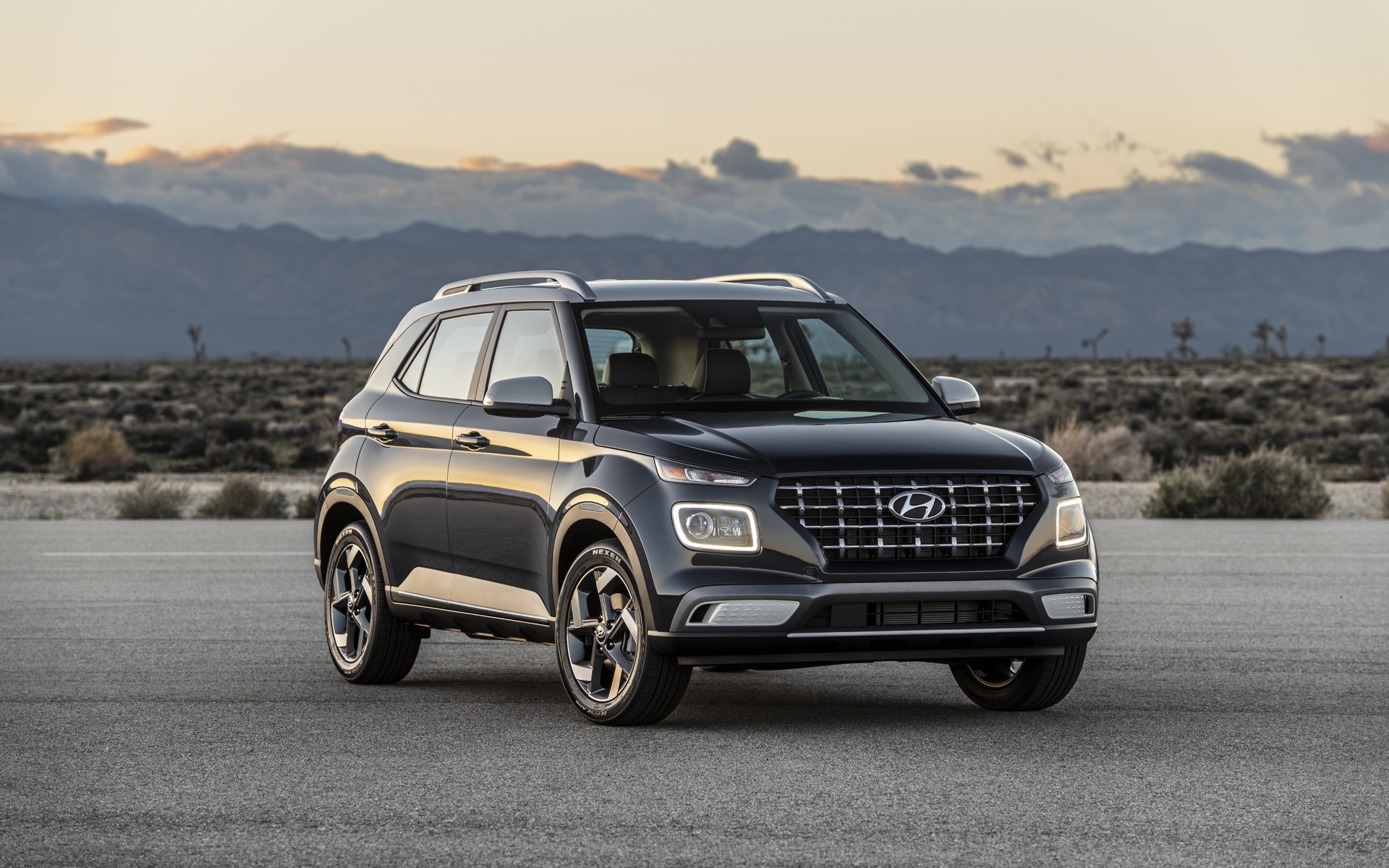When it comes to car ownership, reliability isn’t just about what happens on the road — it starts at the factory. A vehicle built with precision, tested thoroughly, and supported by a manufacturer that prioritizes quality control can offer years of smooth, stress-free driving. But not every car earns that kind of reputation.
Some models quietly cruise through their production cycle without a single recall. Others? They get dragged back into the dealership over and over again, plagued by problems ranging from the mildly annoying to the dangerously defective.
In an age where technology, emissions regulations, and ever-increasing safety standards complicate even the simplest mechanical systems, it’s easy to see how quality can slip through the cracks.
Recalls happen — and in fairness, many are proactive fixes that prevent bigger issues down the line. But when a vehicle racks up a long list of factory recalls, it’s a red flag for consumers and a black eye for the brand.
That’s why we’ve done the legwork to highlight two extremes in the automotive world: five vehicles that have managed to stay squeaky clean, with zero factory recalls on their record, and five that have racked up recall notices like unpaid speeding tickets. These aren’t just numbers on a chart — they tell a story about build quality, corporate accountability, and the real-world experiences of drivers.
Cars With Zero Factory Recalls
Whether you’re in the market for a new ride, doing some research before trading in your current car, or just fascinated by which automakers are getting it right (and which ones are fumbling the basics), this list lays it all out. No fluff, no sugarcoating — just the facts about which cars are built to last, and which ones might have you spending more time at the dealership than on the road.
1. 2017 Lexus GX 460
Lexus is synonymous with reliability, and the 2017 GX 460 stands out as a recall-free luxury SUV. Built on a robust body-on-frame platform with a proven 4.6-liter V8, this SUV balances refinement and ruggedness.
The Lexus GX 460 SUV delivers a solid package with three rows of seating, traditional body-on-frame construction, a robust four-wheel-drive system, and standard V8 power.
If you’re behind the wheel, chances are you’ll be able to handle a wide range of off-road conditions without breaking a sweat. In its Luxury trim, the GX 460 also feels upscale, offering features like an adaptive suspension, leather upholstery, heated and ventilated front seats, and a navigation system as standard.
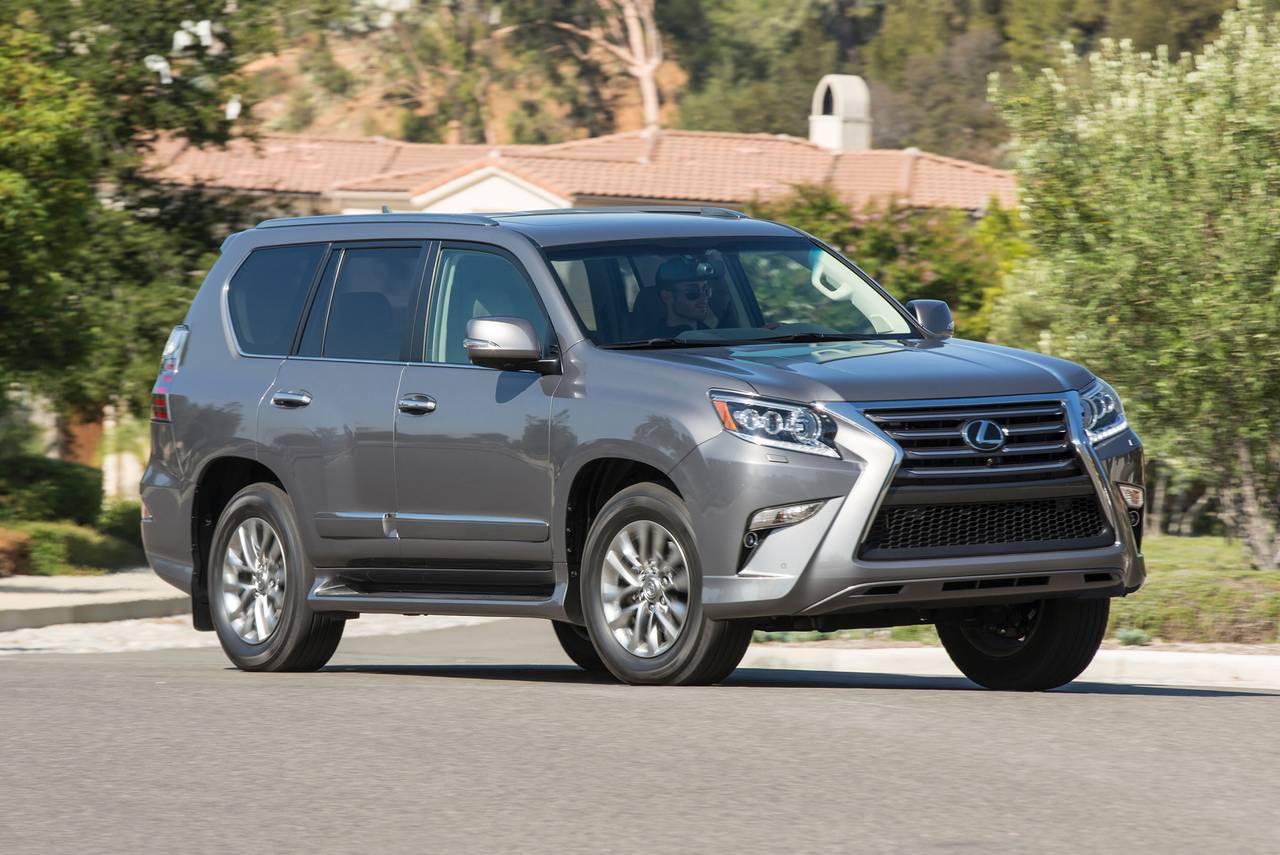
However, there are notable trade-offs. The GX 460 suffers from disappointing fuel economy, underwhelming acceleration, and a lack of cutting-edge driver assistance features. These shortcomings become harder to ignore in a segment where other luxury SUVs are evolving rapidly.
Alternatives such as the Land Rover Range Rover Sport offer a more refined interior and stronger engine options while still being off-road capable. The older Land Rover LR4 might also appeal to similar buyers, though it shares some of the GX 460’s weaknesses. While the GX 460 fills a niche with its off-road prowess and traditional SUV appeal, it may not satisfy most buyers looking for a well-rounded luxury SUV.
Shoppers in this segment are likely to find more comfort, cargo versatility, fuel efficiency, and everyday usability in a luxury crossover. Standout options include the Acura MDX, BMW X5, Mercedes-Benz GLE-Class, or even Lexus’ own RX 350.
As for safety, the 2017 Lexus GX 460 comes equipped with antilock brakes, traction and stability control, a rearview camera, front knee airbags, front- and rear-seat side airbags, and side curtain airbags that protect all three rows.
Its trouble-free track record owes much to Toyota’s conservative engineering and emphasis on quality control.
- Why It’s Recall-Free: Overbuilt engine, simple electronics, and Toyota’s focus on long-term reliability.
- Notable Praise: J.D. Power’s highest marks for dependability in its class.
Also Read: 5 Sedans With Top NHTSA Safety Ratings And 5 With Lowest
2. 2015 Mazda MX-5 Miata
The 2015 Miata closed the third-generation (NC) chapter with a bang. Its bulletproof 2.0L four-cylinder engine, minimal electronic complexity, and lightweight build made it nearly immune to factory defects. This roadster is as dependable as it is fun.
- Why It’s Recall-Free: Simple mechanical layout, no forced induction, and minimal onboard tech to fail.
- Notable Praise: Enthusiasts often call it the “perfect car for reliability and smiles.”
The 2015 Mazda Miata remains a standout example of longevity and purpose. While many small, budget-friendly roadsters have come and gone, the Miata continues to hold its ground. To mark the car’s 25th anniversary, Mazda released a special-edition model packed with every available feature. That said, even the base version offers plenty of appeal.
Mazda has stayed true to the MX-5’s original intent over the years: this car is built for driving. It delivers a strong connection to the pavement, thanks to its lightweight, well-balanced chassis and communicative steering.

It doesn’t boast overwhelming power, but it’s a blast to drive fast—especially when carving through a series of corners. The optional retractable hardtop also makes the Miata more practical for everyday use than you might expect from a roadster.
Naturally, practicality takes a hit when you’re dealing with a compact two-seater. That’s the Miata’s most obvious limitation. Taller drivers may struggle to get comfortable inside, and the trunk is so small that extended travel isn’t realistic—you’ll be lucky to fit more than a couple of small bags.
Hard plastics dominate, Bluetooth is limited to higher trims, and essentials like USB input and navigation aren’t even offered. Still, some drivers might actually prefer the minimalism, and the upcoming 2016 redesign promises to address several of these concerns.
When it comes to direct competition, the Miata practically stands alone. The 2015 Scion FR-S offers sharp handling, slightly more power, and a lower base price, but it’s a fixed-roof four-seater. The Mini Cooper and Fiat 500 convertibles offer a few more interior perks and rear seats, but neither captures the Miata’s dynamic driving experience.
In segments like hatchbacks and sedans, buyers can choose from multiple cars that are both fun and affordable. In the world of convertibles, however, the options are far more limited. For those looking for a spirited, budget-friendly drop-top, the 2015 Mazda MX-5 Miata stands as the go-to option—it’s the only one that truly checks all the right boxes.
3. 2019 Toyota Yaris
The 2019 Yaris built in partnership with Mazda benefits from Mazda’s manufacturing quality and Toyota’s high reliability standards. This subcompact sedan went through its production run without a single recall.
The influence of Mazda goes beyond just the mechanical components. Inside the cabin, the Yaris reflects Mazda’s signature interior design and smart ergonomic choices.
Compared to the Toyota-designed and -built Yaris Liftback, this version offers a noticeably more refined and pleasant space. To Toyota’s credit, the Yaris comes generously equipped even in the base L trim, including features that other automakers typically reserve for optional packages.
Driving the Yaris can be unexpectedly enjoyable, but it’s far from quick—even in a segment where sluggish performance is pretty standard.
There are a few drawbacks worth noting: the rear seat is a bit tight on space, and it doesn’t fold flat, which results in an uneven surface when trying to carry longer items. That said, the 2019 Yaris absolutely earns a spot on the must-drive list for anyone shopping for an affordable subcompact sedan — regardless of who manufactures it or what badge it wears.
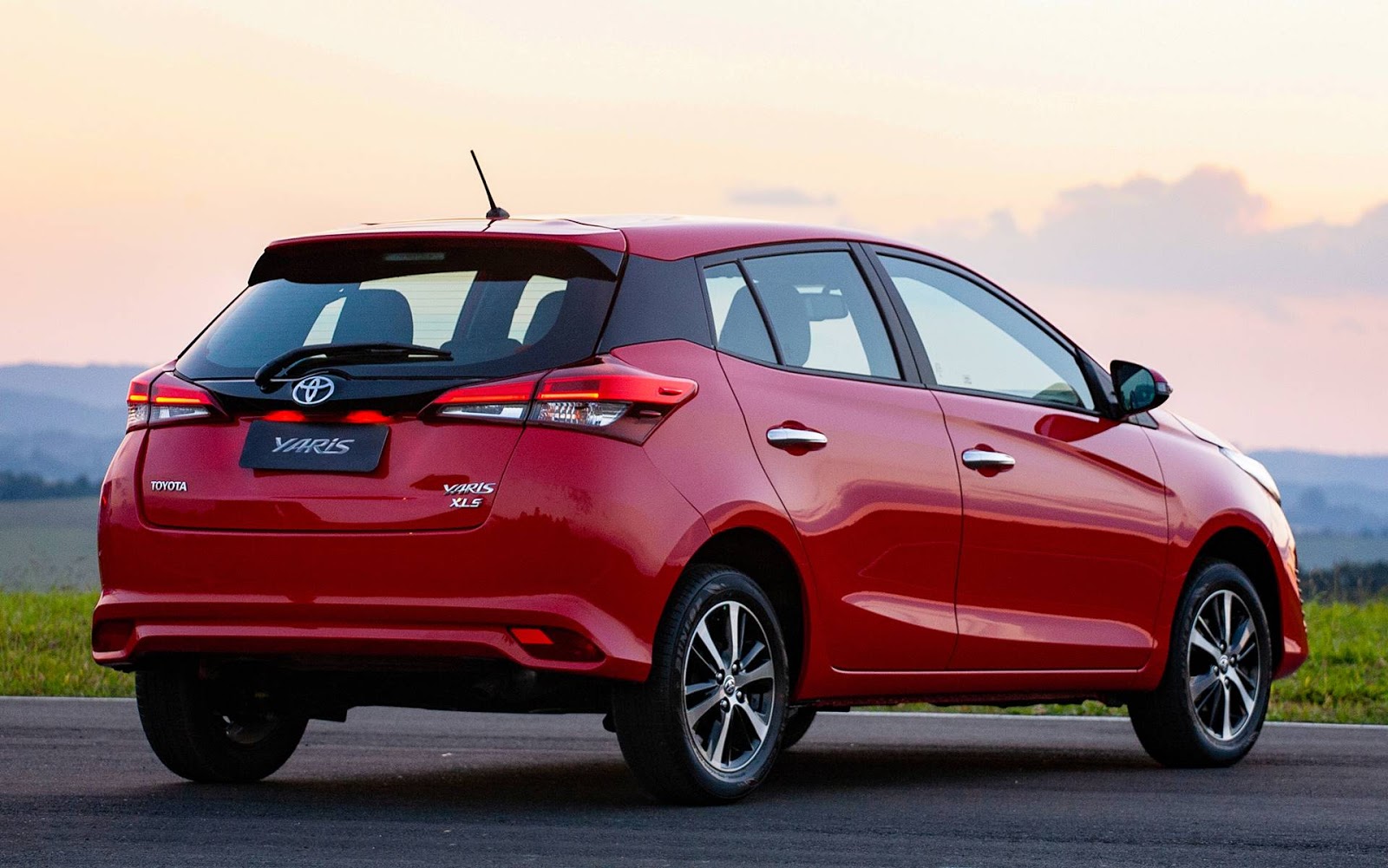
- Why It’s Recall-Free: Simplicity, excellent engineering collaboration, and low-stress powertrain.
- Notable Praise: A common choice for drivers seeking a low-cost, zero-trouble commuter.
4. 2020 Hyundai Venue
A newer nameplate that hit the ground running, the 2020 Venue managed to avoid any recalls while establishing itself as a competent subcompact crossover. It may not be flashy, but it’s impressively solid out of the box.
The 2020 Hyundai Venue marks the brand’s newest and smallest entry into the subcompact crossover segment, delivering a blend of quirky styling and affordability that’s hard to ignore. With its upright, boxy shape and compact dimensions, the Venue is tailor-made for city driving, making tight streets and cramped parking spots far less intimidating.
Under the hood, every model is powered by a 121-horsepower four-cylinder engine. It’s not quick by any measure, and there’s no all-wheel-drive option, but it’s peppy enough around town, and the engine maintains a pleasant tone without becoming too loud.
Where the Venue really impresses is its cabin—roomy, thoughtfully designed, and offering more usable cargo space than you’d expect from something this small. The top-of-the-line Denim model ups the style factor with an exclusive white-painted roof and unique leatherette upholstery with white accents.
Still, the Venue isn’t without flaws. At highway speeds, it tends to feel busy and requires more steering corrections than competitors, which makes it better suited for short city commutes than long-distance road trips. Despite that, it’s considered one of the best subcompact SUVs on the market.
That’s why the Denim trim stands out as the smart buy. It’s not only fully loaded but also avoids the upcharges that come with equipping the mid-tier SEL with both the Convenience and Premium packages—an option bundle that actually pushes the SEL’s price above that of the Denim.
Hyundai launched the Venue as an all-new model for 2020, filling a niche for drivers who want a stylish, efficient, and maneuverable crossover without breaking the bank.
Transmission choices include a six-speed manual for the base SE and a continuously variable automatic transmission (CVT) that’s optional on the SE and standard on the SEL and Denim. Unfortunately for those in need of all-weather capability, all trims are front-wheel drive only. In testing, the Venue proved to be light on its feet in urban traffic, with quick steering and easy maneuverability.
However, that same responsiveness can feel twitchy on the highway, where the steering demands constant input to stay centered. Ultimately, while the Venue may not be ideal for cross-country road trips, it shines in the environment it was built for—navigating busy city streets with style and confidence.
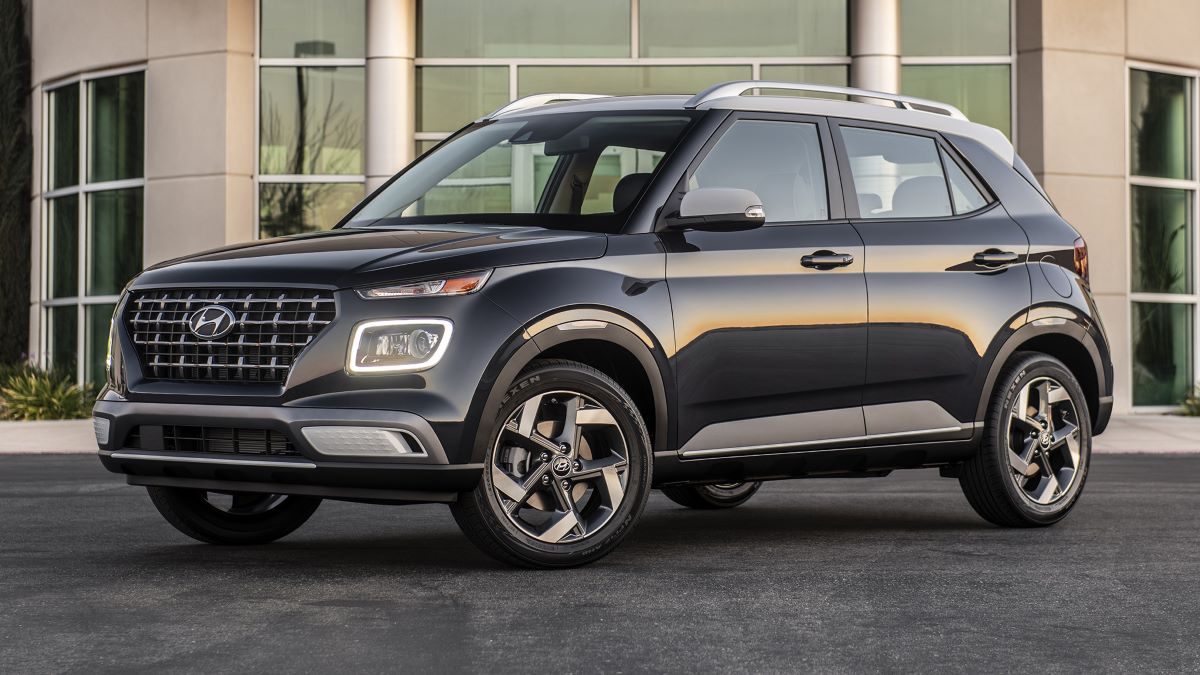
- Why It’s Recall-Free: Conservative engine design, new factory tooling, and tight quality checks.
- Notable Praise: A favorite among urban drivers for its efficiency and reliability.
5. 2018 Honda Fit
The final model year before Honda moved away from the Fit in the U.S., the 2018 version showed off everything the nameplate got right: utility, economy, and dependability all without a single recall.
Honda has introduced new active safety features to the 2018 Fit, including adaptive cruise control along with lane departure warning and intervention, enhancing its appeal in an increasingly tech-focused market. While the mechanical components of the Fit remain mostly unchanged, Honda has made notable updates that improve the overall driving experience.
The addition of more noise insulation, along with refinements to the suspension and steering, has resulted in quicker response times and a smoother ride. These updates make the Fit a more comfortable and refined daily driver—areas where it was already ahead of many of its rivals.
Despite these improvements, the 2018 Fit still retains the characteristics that made it such a solid choice in the first place. The versatile Magic Seat rear bench remains, allowing for a wide range of cargo and seating configurations.
It also continues to be incredibly easy to maneuver and park, thanks to its compact size, agile handling, and short doors that make entering and exiting simple, even in tight urban environments.
Of course, the 2018 Honda Fit isn’t the only small hatchback worth considering. The Kia Soul, for example, offers even more cargo room, though it’s heavier and not as fuel-efficient. The Kia Rio hatchback enters the scene with a full redesign for 2018, offering a fresh take on the segment.
Meanwhile, the Toyota Yaris iA delivers an unexpectedly engaging driving experience, but as a sedan, it lacks the Fit’s unmatched practicality. For buyers unconcerned with range limitations, the all-electric Chevrolet Bolt stands out as a fantastic city car or commuter vehicle, with a solid 238-mile range that covers most daily driving needs with ease.
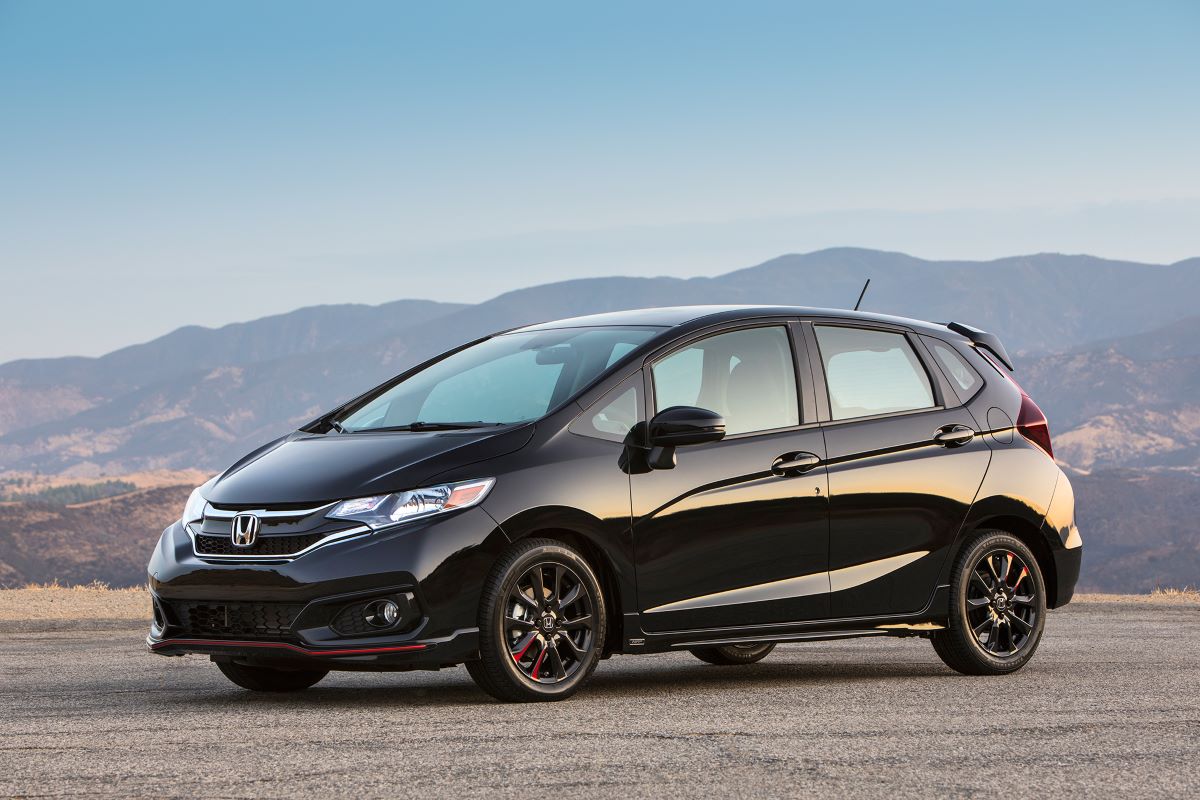
- Why It’s Recall-Free: Mature production line, no turbocharging, and Honda’s legendary small-engine durability.
- Notable Praise: Highly recommended for first-time car buyers and college students.
Also Read: 5 Used Cars That Are Great Investments and 5 That Are Just Trouble
Cars With a Laundry List of Problems
Either way, if you’re looking to avoid headaches, second-guess a used car purchase, or just confirm that your frustrating ownership experience wasn’t a fluke — you’re in the right place. Let’s dive into the models that earned their bad reputations the hard way — by proving, year after year, that not all cars are created equal.
1. 2011 Ford Fiesta
When Ford introduced the Fiesta to the U.S. market, it brought along its problematic PowerShift dual-clutch transmission.
For decades, small economy cars from American manufacturers have had about as much appeal as a cold hamburger. When it came to build quality, maintenance costs, reliability, and long-term durability—the core qualities that matter most in this segment—models like the Escort, Neon, and Cavalier often fell flat and became cautionary tales.
But with the Euro-inspired 2011 Ford Fiesta, which slots beneath the Focus as Ford’s new entry-level offering, it looks like the U.S. finally has something in the economy category that’s as enticing as an In-N-Out Double-Double.
The Honda Fit has long held the crown in the subcompact class, thanks to its smartly versatile interior, satisfying road manners, and impressive build quality.
But for drivers who crave a more engaging experience behind the wheel, the Fiesta may be even more rewarding. Its smooth and responsive engine, sharp and well-balanced steering, and nimble chassis prove that a small, practical, and affordable car doesn’t have to be a boring one.
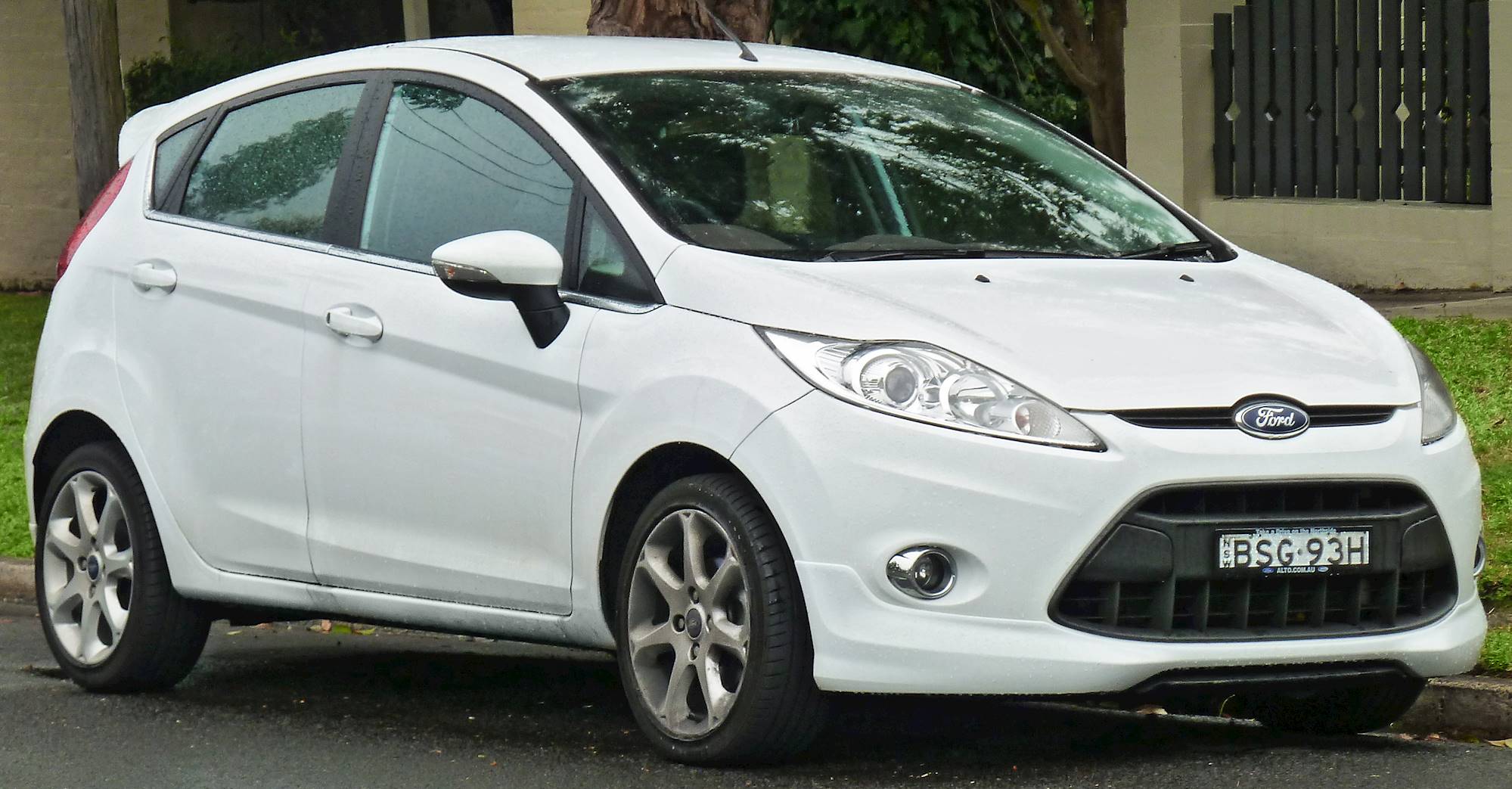
Setting itself apart from much of the competition, the Ford Fiesta is offered in both sedan and hatchback body styles. While the hatchback boasts greater cargo versatility, some buyers may lean toward the more traditional, formal aesthetic of the sedan—a choice Ford smartly accommodates.
Regardless of the body style, the Fiesta delivers lively handling, a comfortable ride, and a surprisingly quiet cabin at highway speeds. It also brings unexpected features to the table for this segment, including keyless ignition and Ford’s excellent Sync system, which allows users to control media and phone functions with simple voice commands.
Owners complained about jerky shifts, clutch wear, and stalling issues serious enough to trigger multiple recalls.
- Key Recalls: Transmission software updates, clutch replacements, door latch failures.
- Common Issues: Unreliable shifting, premature clutch failure, electrical gremlins.
2. 2014 Jeep Cherokee
The Cherokee marked Jeep’s return to the midsize crossover segment but it came loaded with issues. Chief among them was the troublesome ZF nine-speed automatic transmission that often hesitated or shifted unpredictably.
After a 13-year break, the Cherokee name makes a comeback, now riding on an all-new unibody platform that replaces the Liberty in Jeep’s lineup. While its predecessors had a tough, squared-off look, the 2014 Jeep Cherokee introduces a more sculpted appearance, including a front grille that angles back over the hood.
LED running lights and turn signals are positioned high on the front end, with the round headlights tucked into the fascia—a design choice reminiscent of the Nissan Juke. Depending on the trim, the fascia may come in body color or feature gray plastic accents for contrast.
Under the hood, the 2014 Cherokee is available with two engine choices: Chrysler’s 2.4-liter Tigershark inline-four, producing 184 horsepower and 171 lb-ft of torque, and the 3.2-liter Pentastar V6, delivering 271 horsepower and 239 lb-ft of torque. Both engines are paired with a nine-speed automatic transmission.
Buyers can choose between front-wheel drive or three different all-wheel-drive systems. The base setup is the single-speed Jeep Active Drive I, while Jeep Active Drive II includes a low-range gear for added off-road capability.

All systems offer four selectable terrain modes—Auto, Snow, Sport, and Sand/Mud. The Trailhawk-exclusive Jeep Active Drive Lock adds a locking rear differential and a Rock mode for serious off-road use. The Cherokee leads its class with a maximum towing capacity of 5,000 pounds.
Inside, the 2014 Cherokee offers a cabin lined with quality materials, including soft-touch surfaces in key areas. Available amenities include Nappa leather upholstery, a power-adjustable driver’s seat with memory, and heated and ventilated front seats.
Also offered are a heated steering wheel, wireless charging, and an optional 8.4-inch central touchscreen, while a 5.0-inch display comes standard.
Additional tech features include park assist and adaptive cruise control with automatic emergency braking. At this point, the 2014 Jeep Cherokee hasn’t undergone testing by the EPA for fuel economy, nor has it been rated by the NHTSA or IIHS for safety.
- Key Recalls: Transmission control module reprogramming, software updates, engine stall issues.
- Common Issues: Transmission jerking, engine misfires, and electronics failures.
3. 2012 Chevrolet Cruze
Marketed as GM’s small car savior, the Cruze instead became a recall magnet. It faced widespread issues with coolant leaks, overheating, and faulty water pumps problems that only worsened with age.
Ordinarily, we’d steer you toward a Honda Civic, a Mazda 3, or maybe even a Subaru Impreza if you’re feeling unconventional. But the landscape has shifted. The small car segment has experienced a shake-up, and leading the charge is the 2012 Chevrolet Cruze.
Introduced as a completely new model just the year before, the Cruze quickly earned both commercial and critical acclaim. The appeal lies in a variety of factors, but at its core, the Cruze stands out as a well-made car.
Its design is appealing both inside and out, and the build quality makes an immediate impression—the door shuts with a reassuring “thunk” that signals solid construction.
Feature-wise, it keeps pace with the competition by offering modern touches like a hard-drive-based navigation system and keyless ignition/entry. It’s a clear step forward for Chevrolet, especially compared to the days of the Cobalt.
When it hits the road, the 2012 Cruze delivers with composed handling and a cabin that remains quiet even at speed. Buyers get two engine choices. The base LS is powered by a 1.8-liter four-cylinder engine making 136 horsepower, while the rest of the lineup uses a turbocharged 1.4-liter engine.
Though both engines deliver similar horsepower (138 hp for the turbo), the turbocharged variant produces noticeably more torque, which helps with low-end acceleration around town. This engine also powers the Cruze Eco model, which incorporates several efficiency upgrades to achieve an excellent EPA highway rating of 42 mpg.

- Key Recalls: Engine shield fires, airbag sensor failures, coolant system leaks.
- Common Issues: Head gasket failure, electrical shorts, and failing HVAC components.
4. 2015 Nissan Altima
The 2015 Altima was Nissan’s top seller but also one of its most problematic. The car’s CVT (continuously variable transmission) has been the center of numerous complaints and legal actions, resulting in several recalls and extended warranties.
- Key Recalls: CVT-related software fixes, hood latch malfunctions, airbag sensor issues.
- Common Issues: Slipping CVT, vibrations, early transmission failure.
The 2015 Nissan Altima checks nearly every box for a well-rounded family sedan. Looking for strong fuel economy? Both the four-cylinder and V6 engines lead the pack in their class. Need solid performance? Even the base four-cylinder can hit 60 mph in under 8 seconds.
The Altima balances a quiet, smooth ride with the kind of handling sharpness that has long made it stand out. Safety? The crash-test results speak for themselves—almost flawless across the board. At first glance, it seems like Nissan may have delivered the ideal car.
While it certainly contributes to the car’s strong fuel efficiency, it tends to draw attention in the wrong ways—revving the engine loudly under light acceleration and making it feel bogged down at low rpm during cruising, particularly in the four-cylinder models.
The 2015 Nissan Altima stands out as a solid midsize sedan. It offers surprisingly sharp driving dynamics for the class, thanks to its agile handling and strong engine performance.
The base engine manages to combine swift acceleration with excellent fuel economy—an uncommon balance in this segment. However, that performance comes with a trade-off: the suspension leans toward the stiff side, which can make longer drives less comfortable.
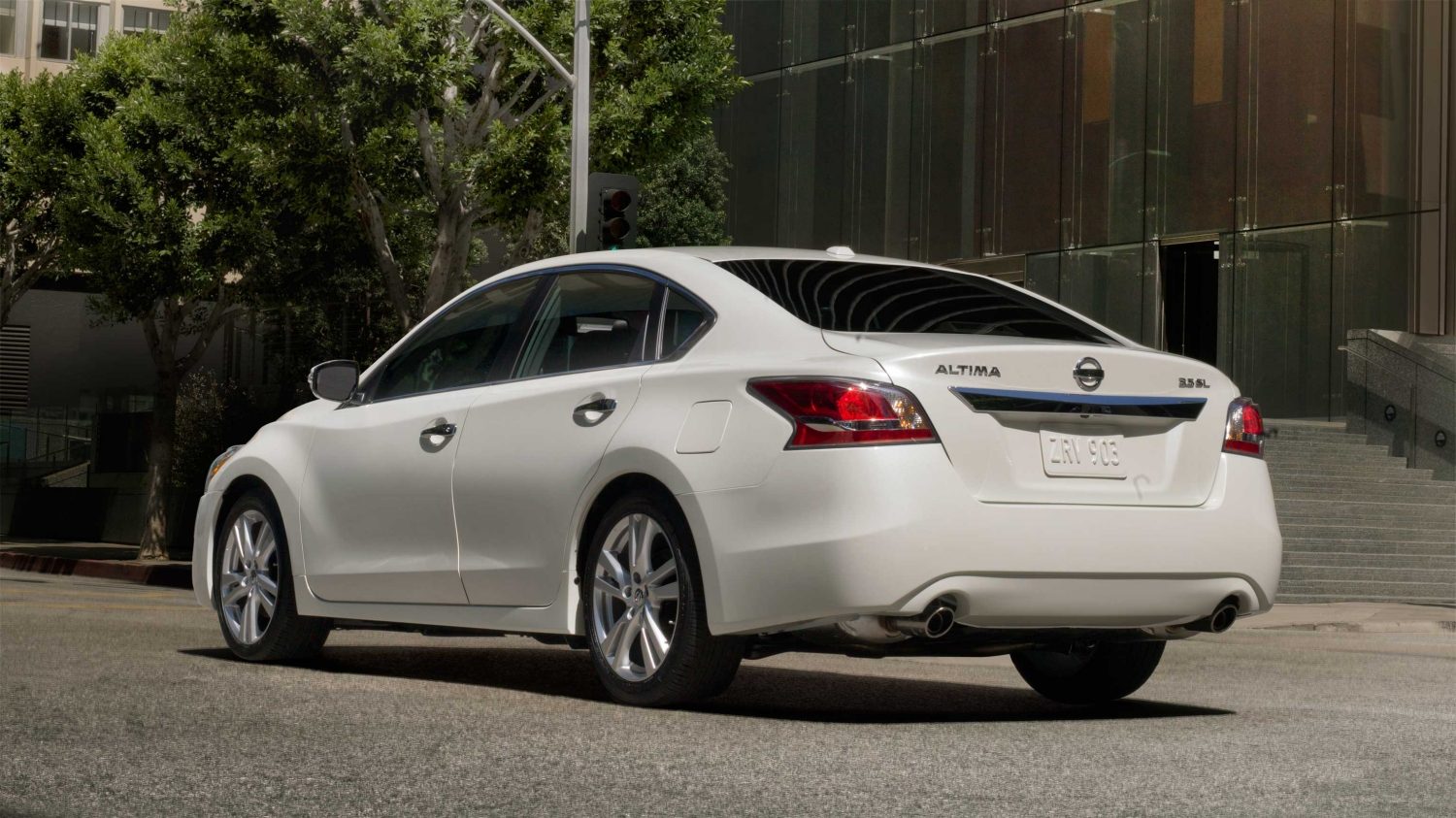
Inside the cabin, the Altima impresses with high-quality materials, modern styling, a user-friendly infotainment setup, and front seats that are among the most comfortable in the class. Still, lower trims are notably bare-bones when it comes to features, and many competitors offer more equipment at similar price points.
Our site features more than 5,760 listings for the 2015 Nissan Altima, with an average list price of around $14,600. Prices generally fall between $11,000 and $18,000, depending on factors such as trim level, mileage, condition, location, and included features.
Over a five-year period, the estimated total cost of ownership for a 2015 Altima—including fuel, insurance, maintenance, and repairs—comes to $22,980. This figure is roughly in line with the average for the midsize sedan class.
The fully redesigned 2019 Nissan Altima has a starting price of $23,750, with the top trim reaching $35,750. There are some notable advantages to choosing the newer model over the 2015. The 2019 Altima offers two more powerful engine options—a base four-cylinder and an available turbocharged four-cylinder—and comes standard with an 8-inch touchscreen.
Other standard features in the 2019 include Android Auto, Apple CarPlay, satellite radio, and four USB ports. It also adds important safety tech like forward collision warning with automatic braking. If your budget allows, the 2019 Altima is clearly the better choice.
Then there’s the rear seat. If backseat space for taller passengers is a priority, the Altima falls behind. Several competitors offer roomier rear accommodations, especially for 6-footers, and on that front, the Altima lags.
Also Read: 5 Cars That Don’t Burn Oil Even at High Mileage and 5 That Constantly Need Top-Ups
5. 2013 BMW X5
BMW’s luxury SUV from this era suffered from numerous mechanical and electrical faults. From fuel system defects to failing airbags and emissions equipment, it was plagued with problems that led to over a dozen recalls.
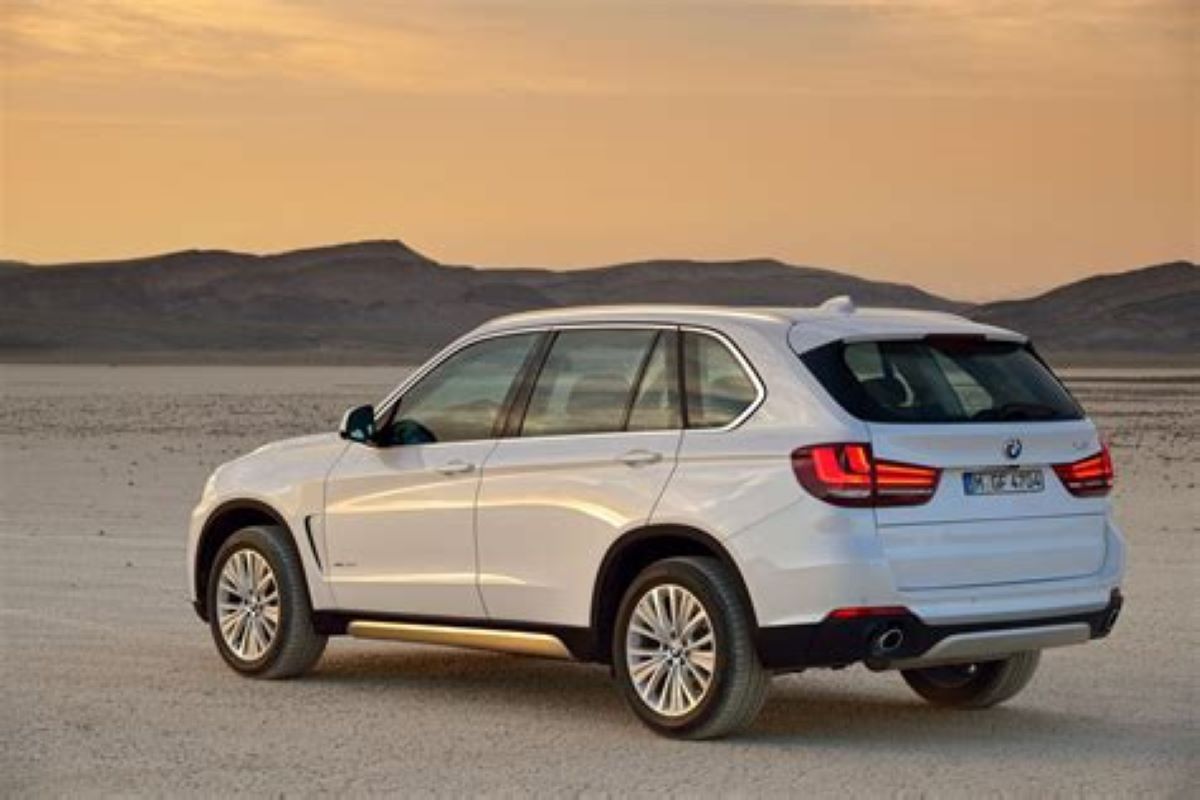
- Key Recalls: Fuel pump failure, Takata airbag recall, power brake assist failure.
- Common Issues: High oil consumption, timing chain issues, costly electronic system malfunctions.
It’s under extreme conditions that the BMW X5 truly reveals its capabilities, showing off an impressive level of stability and handling for a vehicle of its size and weight.
While it may not be the SUV you’ll see in commercials powering through rivers or scaling rugged mountain trails, the X5 still possesses a ruggedness and structural integrity that’s uniquely its own. At the same time, this luxury midsize crossover delivers the level of refinement, precision engineering, and upscale features that are expected from a BMW.
That said, the 2013 BMW X5 falls short when it comes to maximizing interior space for families. BMW’s smaller X3 isn’t significantly more compact in practical terms, and though the X5 does offer a third-row seat, its usability is minimal at best—especially when compared to roomier and less expensive options like the Acura MDX and Infiniti JX.
There are also other sporty luxury SUVs, such as the Infiniti FX and Porsche Cayenne, that deserve a look. Still, our overall impression of the X5 is favorable. And if your daily commute happens to include Nevada sandstorms, you probably already know what to park in your driveway.
The xDrive35i models are powered by a 3.0-liter turbocharged inline-6 that generates 300 horsepower and 300 pound-feet of torque. Both this engine and the xDrive50i come paired with an eight-speed automatic transmission and standard all-wheel drive.
BMW states that the xDrive35i can accelerate from zero to 60 mph in just 6.4 seconds. EPA fuel economy estimates for this model stand at 16 mpg in the city, 23 mpg on the highway, and 19 mpg combined. If equipped with the Sport Activity’s M Sport package, output increases to 315 hp and 330 lb-ft of torque.
Meanwhile, the xDrive50i boasts a twin-turbocharged 4.4-liter V8 that delivers 400 hp and 450 lb-ft of torque. BMW claims this version reaches 60 mph in 5.3 seconds. EPA-estimated fuel economy comes in at 14 mpg city, 20 mpg highway, and 16 mpg combined. When upgraded with the M Sport package, output rises to 440 hp and 480 lb-ft of torque.
While no car is ever completely immune from issues, some models come out of the factory with a clean slate and stay that way for years.
Vehicles like the Lexus GX and Honda Fit show that dependable engineering pays off.
On the flip side, cars like the Ford Fiesta and Nissan Altima serve as cautionary tales proof that cutting-edge features or cost-cutting can backfire if reliability isn’t prioritized.
Whether you’re buying new or used, the recall history of a car can tell you a lot about what to expect down the road.

